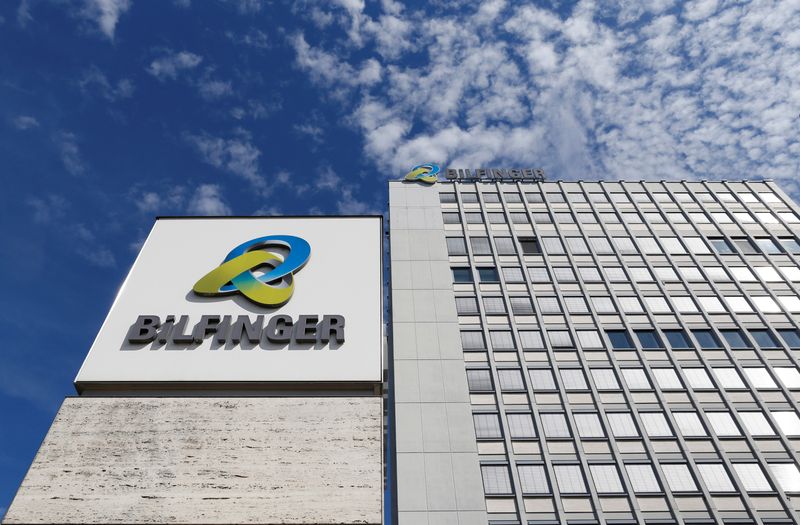Follow us on LinkedIn
Companies require assets to operate. An essential of these includes a physical location, such as a building. Usually, companies acquire their property and work from it directly. However, some companies may use a leased property for their operations. Companies may also need to modify this property to ensure it suits their operations.
What is a Leasehold Improvement?
The term leasehold improvement refers to any modifications to a leased property to fulfill the tenant’s needs. The tenant or the landlord may pay for these modifications as determined by the lease agreement. Sometimes, both parties may discuss the payment before commencing work on the property. Leasehold improvements may include items such as electric or plumbing work, carpeting, false ceilings, tiles, etc.
Leasehold improvements can be temporary or permanent to the leased property. In the former case, the tenant pays to remove any modifications made to the property. In contrast, permanent leasehold improvements revert to the landlord’s ownership. The accounting and tax treatment for these differ based on which party pays.
How to depreciate Leasehold Improvements?
A tenant can depreciate leasehold improvements if they meet the criteria for capitalization. Any amount paid toward these improvements must be material enough to be capitalized. Usually, companies have a capitalization limit policy that decides how much this amount should be. On top of that, the tenant must pay for the improvements to be able to capitalize those amounts.
Leasehold improvements depreciation treatment differs in accounting and tax. These are as follows.
Leasehold Improvements Depreciation in Accounting
The accounting for leasehold depreciation under GAAP falls under SFAS 13 – Accounting for Leases. This standard requires companies to depreciate these improvements on a straight-line basis. However, estimating useful life may be complex. GAAP requires companies to measure that life based on the time until it needs to be changed or upgraded.
However, the lease term also plays a role in the useful life of the leaseholder improvements. GAAP requires companies to consider this term if it falls before the estimated period. In other words, companies must take the shorter useful life and lease term when depreciating leasehold improvements. This requirement assumes the company or landlord does not plan to terminate the contract.
If the lease agreement includes a renewal option, companies must also consider it for leasehold improvements depreciation. However, this term can only add to the period if reasonable assurance exists of the renewal.
Leasehold Improvements Depreciation in Tax
Leasehold improvements depreciation follows a similar concept in tax. Companies must use a straight-line basis to depreciate these improvements. However, IRS allows companies to use depreciation for leasehold improvements for up to 15 years. It is a fixed term regardless of the useful life established under GAAP.
Leasehold Improvements: Depreciation vs Amortization
Most leasehold improvements fall under amortization rather than depreciation. When the landlord keeps these improvements after the lease term, the tenant only gets an intangible right to it. Therefore, the tenant must use amortization to reduce the book value of leasehold improvements. If the tenant holds the rights to them at the end of the lease term, depreciation will apply.
Whether companies use depreciation or amortization for leasehold improvements, the effect on the financial statements will not change.
Conclusion
Leasehold improvements refer to modifications or changes to a leased property to meet the tenant’s needs. Both parties may pay for these changes. For the tenant, leasehold improvements can be fixed assets if it meets some criteria. The tenant can then depreciate or amortize the asset based on the rights to the improvements.
Further questions
What's your question? Ask it in the discussion forum
Have an answer to the questions below? Post it here or in the forum


Senegal Prime Minister Ousmane Sonko favored expertise over political experience in picking his first cabinet, and named two former tax collectors for the key ministries of oil and finance.


